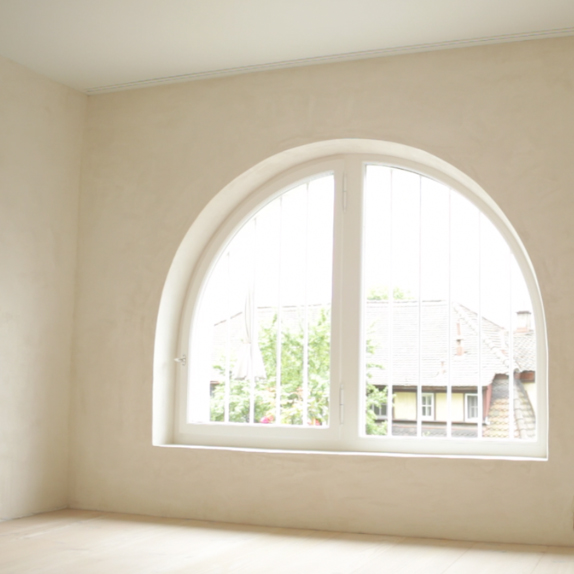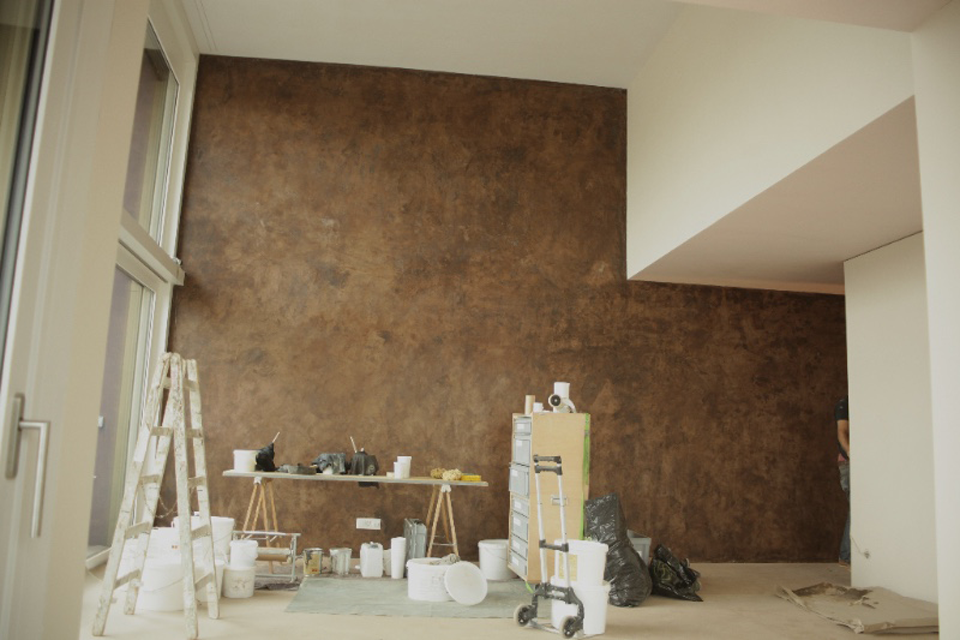
Building Materials
Lime as a building material
We are fortunate to collaborate with an industry expert from NZ who has been formally trained in Switzerland on the application of lime plaster.
The first thing you notice about a lime plaster is its aesthetic beauty. Which for many is more than enough reason to want it in their homes or offices. But apart from the visual, there are many other virtues of lime that are not so immediately apparent.
If we look through a microscope we see the calcite crystals in the lime that produce a unique double refraction of light that many other surfaces can’t achieve thus giving it a unique tone, take a step back and it’s about the tactility of the surface which draws us to run a hand along its texture exploring undulations and smoothness.
Lime is also a very versatile material, it can be compacted down with smooth stones and olive soap to render a water-resistant marble like layer in wet areas or made to be a thick rough layer protecting a facade against erosion.
What’s lime? Lime is a sedimentary stone composed mainly of the skeletal remains of marine organisms. In order to get it into a workable form, we burn it once to make the binder lime or mill it down to various sized sands, then mix the binder or ‘slaked lime’ together with the sand to a desired workable consistency. The end result is a mouldable pure stone layer, that over years carbonates and returns to it’s original state limestone, as we once found it in the earth.
It’s breathable and permeable surfaces are already a popular choice for walls in many eco builds and as a healthy alternative to many conventional chemical-based materials, I see lime gaining more and more ground with an ever more discerning public.


